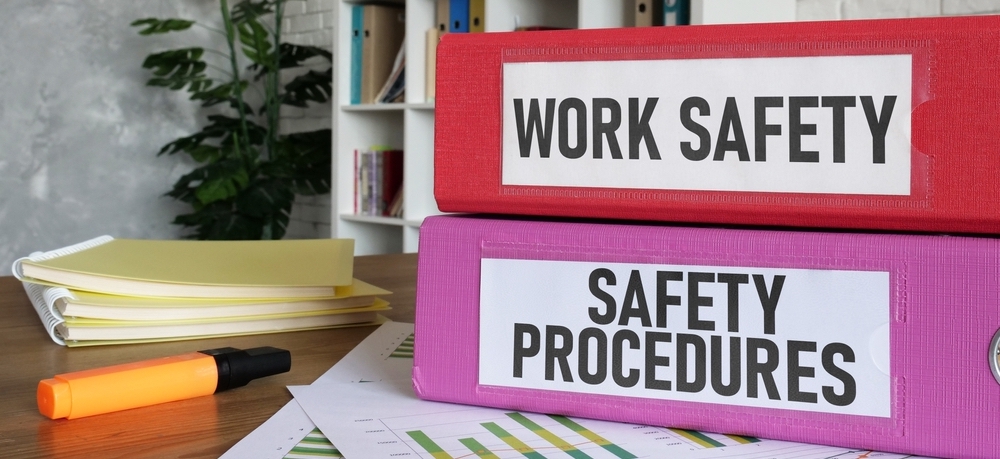Ensuring safety in both high-risk environments and everyday workplaces is not just a priority; it's a fundamental responsibility. The Permit-to-Work (PTW) process unfolds like chapters in a book: permits, request, approval, commencement of work, closure, or renewal, and then the cycle repeats. It's a narrative—one that ensures you and your team adhere to safety protocols so everyone can return home safely each day.
Chapter 1 –The Preface (Permits)
At the heart of the PTW system are permits—detailed documents that not only grant you authorization but also act as your roadmap. Used at designated sites, they guide you through intricate tasks—your golden ticket to providing a secure working environment. Permits outline potential hazards and specify necessary precautions. Before embarking on any task, each permit undergoes a thorough review and approval process, indicating every control measure, required training and precaution. Upon completion, it's your confirmation that hazards are identified, controls are implemented and risks are reduced.
Chapter 2 – The Table of Contents (Advantages of PTW)
One significant advantage of a formalized Permit-to-Work system is the ability to organize and coordinate your tasks across various sites and industries, like the table of contents in a book. They tell you what is coming next, enhance the visibility of tracking permits and workers on site, and facilitate the scheduling of larger and more complex activities. This level of organization helps you meticulously manage your program, allowing you to focus on your work. However, navigating a PTW system presents its share of challenges.
Chapter 3 – The Plot (Challenges)
The primary challenges often revolve around standardization and centralization—issues you might encounter in the field. As a professional moving between sites and companies, you may face difficulties if permits are inconsistently completed across different systems. This lack of uniformity can lead to confusion and potential safety hazards. To address these challenges, organizations implement best practices to ensure the effectiveness of their PTW systems.
Anticipating permit suspensions and understanding potential interactions or conflicts between permits is crucial, something you'll experience in the plot twists of your daily tasks. Jobs may need to be halted if permits lack necessary information or approvals. It is vital to ensure that activities permitted by one document do not pose hazards for another. Implementing a systematic approach, especially during multiple shifts, reduces risk and saves time—ensuring that your work is seamlessly and safely passed from one set of hands to another.
Chapter 4 – The Last Chapter (Best Practices)
Effective PTW systems rely on coordination and control by an issuing or responsible EHS professional (the author). Adequate (human) supervision is essential, however digital systems have proven to be an invaluable tool for increasing efficiency, consistency and accuracy. A cloud-based approach allows for seamless submission, reference and monitoring of permits and, in the end, a streamlined process.
Lastly, permit approvals are not just checkboxes; they are the conclusion of a well-crafted story. Prioritizing your tasks based on risk rating, job type and project deadlines ensures that critical tasks receive the attention they deserve.
*The views and opinions expressed in the Public Risk Management Association (PRIMA) blogs are those of each respective author. The views and opinions do not necessarily reflect the official policy or position of PRIMA.*

By: Marc Juaire, CPSA, MBA
Solution Executive, VelocityEHS
Marc combines his EHS, operational risk, and ESG experience to define vision and strategy to deliver best-in-class solutions and make workplaces safer and more sustainable. Marc has 30 years of experience as an EHS professional, providing strategic direction and leadership in EHS auditing, process safety, compliance and training.
Marc has a Bachelor of Science degree in chemical engineering from the University of Minnesota and an MBA from Carlson School of Management. He is a Certified Process Safety Auditor with the Institute of Internal Auditors.



